Using White Balance to your advantage
If you come from the world of films, you may remember using filters to correct for incandescent or fluorescent lighting. Most people don't bother and their indoors pictures invariably come out with a yellow/orange or bluish cast. In the digital world, these correction filters are no longer necessary, replaced by a feature found in most -- even the entry-level -- digital cameras called, "White Balance."
Light Colour Temperature
The reason that pictures turn out with a yellow/orange cast in incandescent (tungsten) lighting and bluish in fluorescent lighting is because light has a colour temperature. A low colour temperature shifts light toward the red; a high colour temperature shifts light toward the blue. Different light sources emit light at different colour temperatures, and thus the colour cast.
By using an orange or blue filter, we absorb the orange and blue light to correct for the "imbalance" -- the net effect is a shift in the colour temperature.
In digital photography, we can simply tell the image sensor to do that colour shift for us. But how do we know in which direction of the colour temperature to shift, and by how much?
Manual White Balance
This is where the concept of "White Balance" comes in. If we can tell the camera which object in the room is white and supposed to come out white in the picture, the camera can calculate the difference between the current colour temperature of that object and the correct colour temperature of a white object. And then shift all colours by that difference.
Most advanced digital cameras therefore provide the feature to manually set the white balance.
By pointing the camera at a white or gray card (angled so that it is reflecting light from the room) as a neutral reference, filling the screen completely with it, then pressing the White Balance button (or set it in the menu), the camera does its WB calculation.
From then on, any picture taken will have its colour temperature shifted appropriately. It's quite simple, really, and you should not be afraid to try it out and see your indoors pictures improve considerably (assuming there is enough light for correct exposure). [A "neutral" gray is 18% gray and will reflect all colors equally.]
Caution:
- Ensure the card is not in shadows, but illuminated by the artificial light in the room
- If you are bouncing light off the walls, ensure the card is reflecting the bounced light
- Beware of mixing artificial lights -- in this case, you might want to use RAW and adjust in post processing for each light
- Beware of fluorescent light: since fluorescent light does not contain all the spectrum of light, you may obtain unexpected results
Preset White Balance
To help us in those special situations without having to go through the trouble of manually setting the white balance everytime, cameras provide preset WB settings such as, Tungsten, Fluorescent, Cloudy, Sunny, etc. Using preset WB can improve on a picture, especially under indoors lighting.

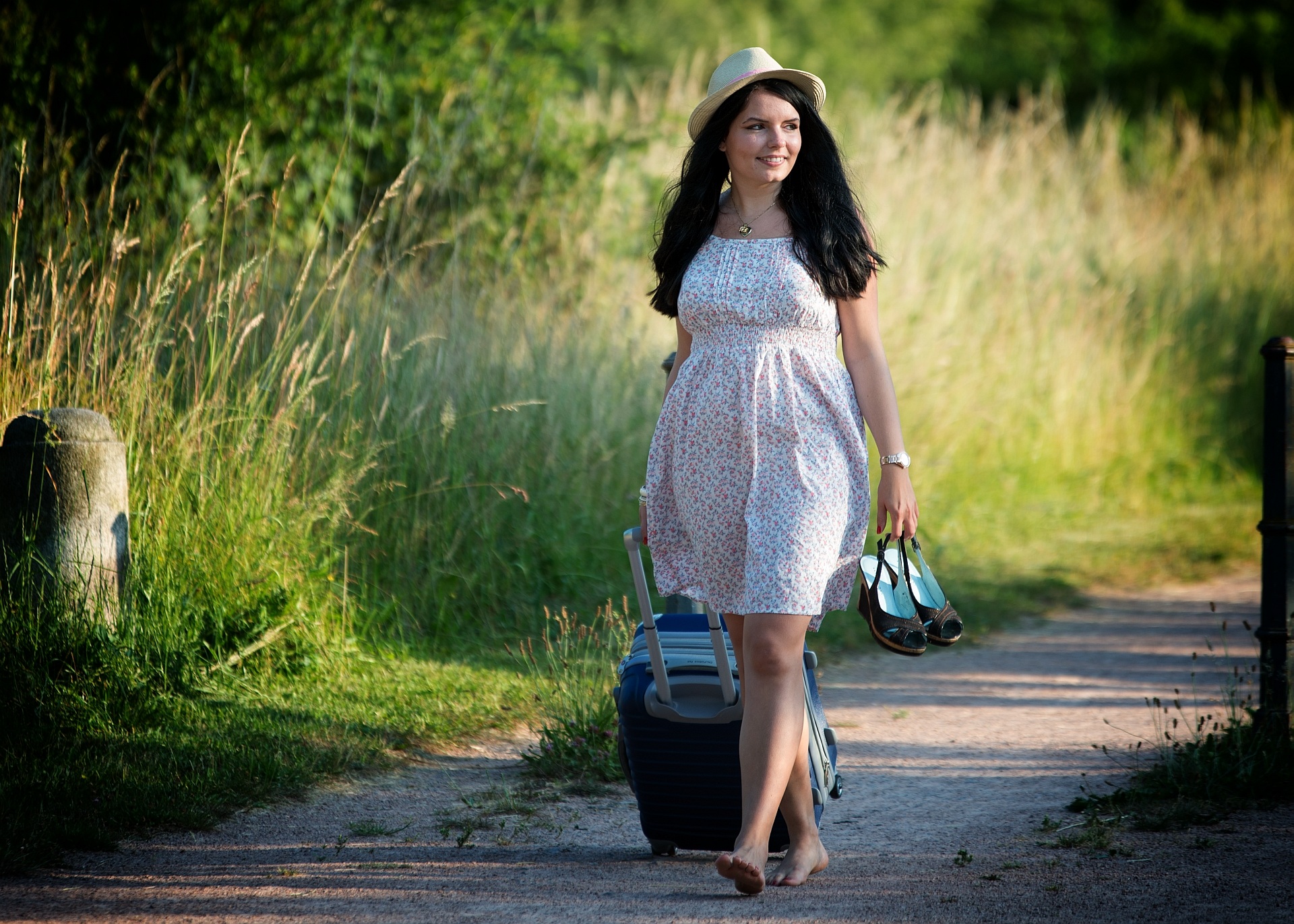
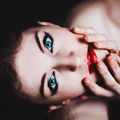
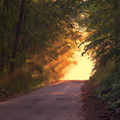
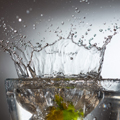
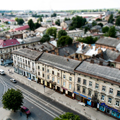

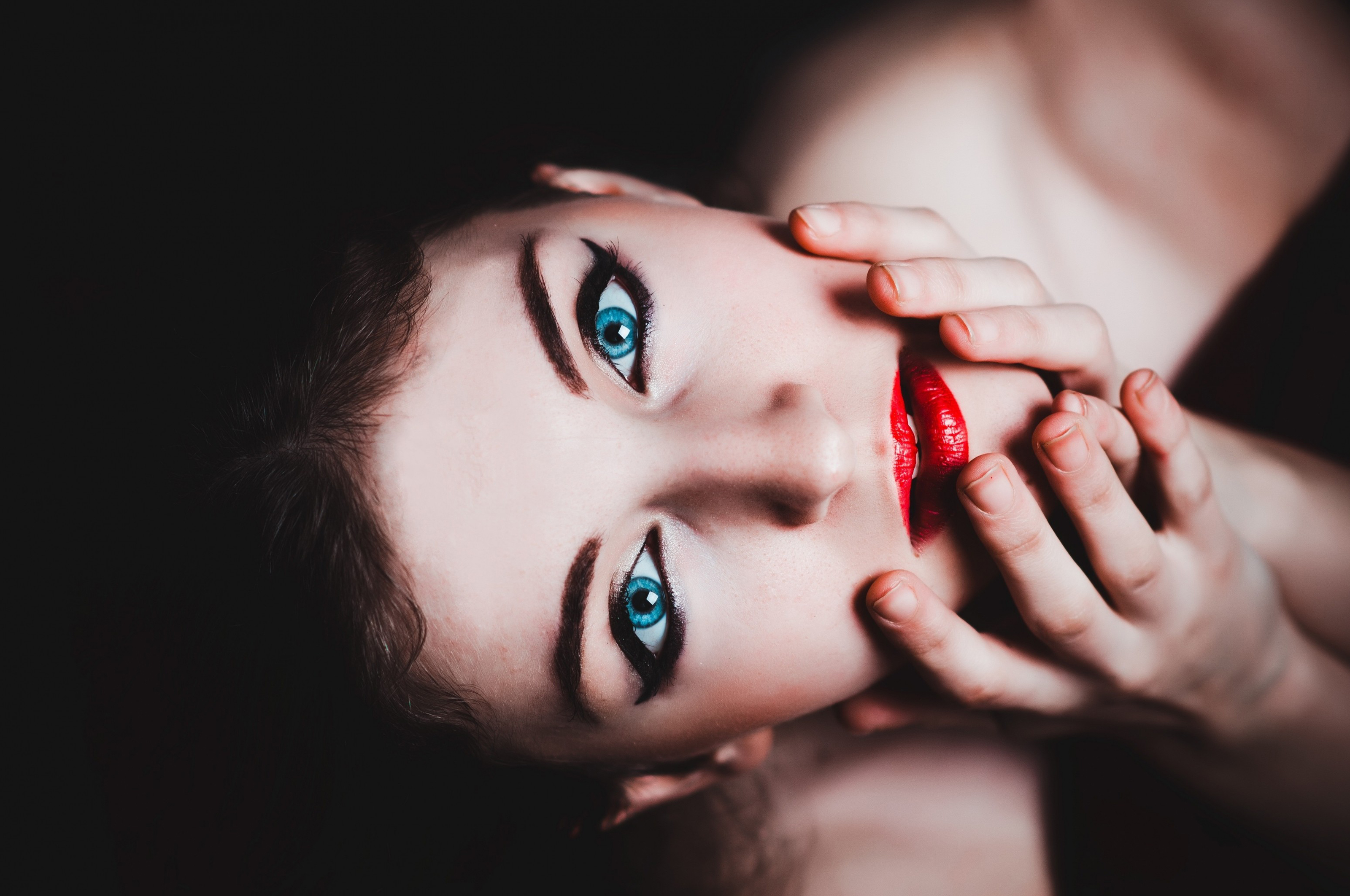

Leave a Reply